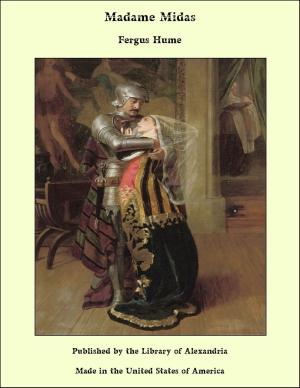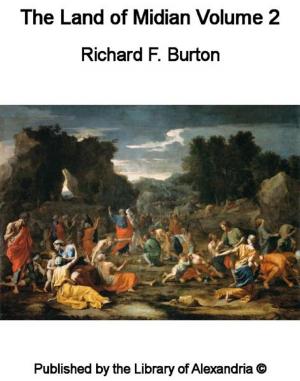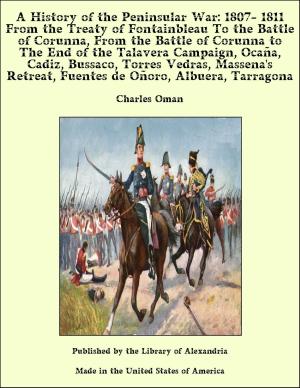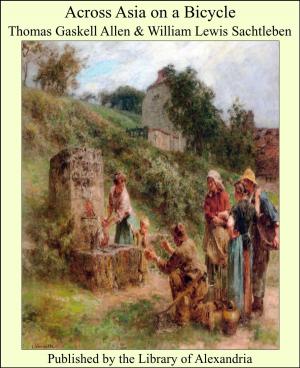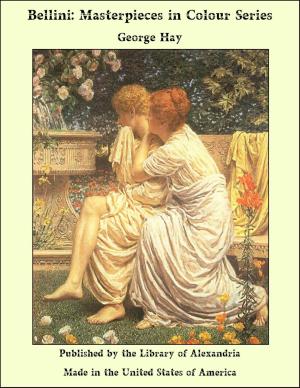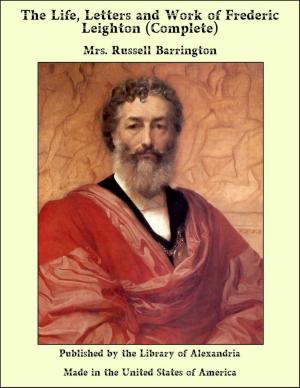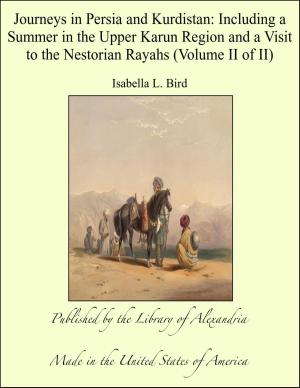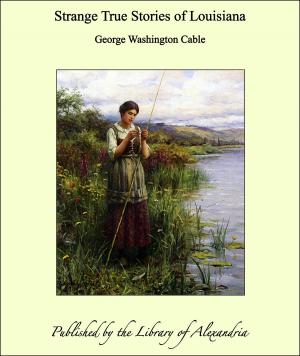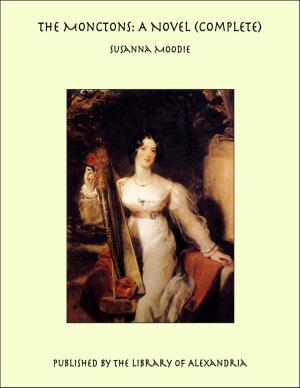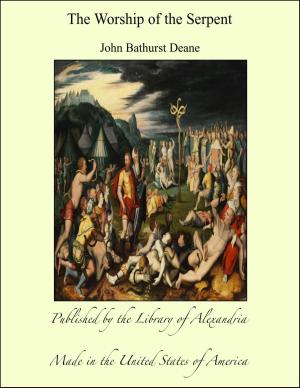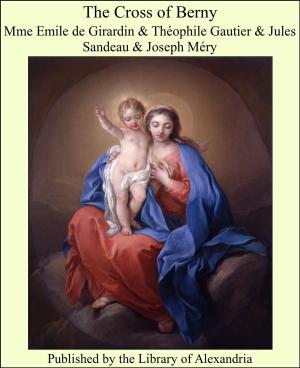| Author: | Pedro Sarmiento de Gamboa | ISBN: | 9781465581525 |
| Publisher: | Library of Alexandria | Publication: | March 8, 2015 |
| Imprint: | Language: | English |
| Author: | Pedro Sarmiento de Gamboa |
| ISBN: | 9781465581525 |
| Publisher: | Library of Alexandria |
| Publication: | March 8, 2015 |
| Imprint: | |
| Language: | English |
The publication of the text of the Sarmiento manuscript in the Library of Göttingen University, has enabled the Council to present the members of the Hakluyt Society with the most authentic narrative of events connected with the history of the Incas of Peru. The history of this manuscript, and of the documents which accompanied it, is very interesting. The Viceroy, Don Francisco de Toledo, who governed Peru from 1569 to 1581, caused them to be prepared for the information of Philip II. Four cloths were sent to the King from Cuzco, and a history of the Incas written by Captain Pedro Sarmiento de Gamboa. On three cloths were figures of the Incas with their wives, on medallions, with their Ayllus and a genealogical tree. Historical events in each reign were depicted on the borders. The fable of Tampu-tocco was shown on the first cloth, and also the fables touching the creations of Viracocha, which formed the foundation for the whole history. On the fourth cloth there was a map of Peru, the compass lines for the positions of towns being drawn by Sarmiento.
The publication of the text of the Sarmiento manuscript in the Library of Göttingen University, has enabled the Council to present the members of the Hakluyt Society with the most authentic narrative of events connected with the history of the Incas of Peru. The history of this manuscript, and of the documents which accompanied it, is very interesting. The Viceroy, Don Francisco de Toledo, who governed Peru from 1569 to 1581, caused them to be prepared for the information of Philip II. Four cloths were sent to the King from Cuzco, and a history of the Incas written by Captain Pedro Sarmiento de Gamboa. On three cloths were figures of the Incas with their wives, on medallions, with their Ayllus and a genealogical tree. Historical events in each reign were depicted on the borders. The fable of Tampu-tocco was shown on the first cloth, and also the fables touching the creations of Viracocha, which formed the foundation for the whole history. On the fourth cloth there was a map of Peru, the compass lines for the positions of towns being drawn by Sarmiento.

